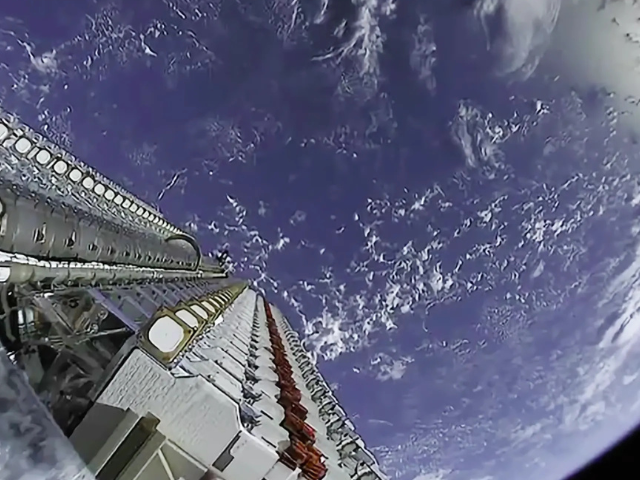
A surge in reentries of SpaceX’s Starlink satellites has sparked concerns over their environmental impact, as 120 satellites burned up upon reentry in January 2025 alone. This marks an increase in the frequency of artificial meteor showers caused by the decommissioning of first-generation Starlink satellites.
According to Jonathan McDowell, an astronomer at the Harvard Center for Astrophysics, approximately four to five satellites have been reentering and burning up daily. As part of SpaceX’s plan to replace the aging Gen1 Starlink satellites with newer models, over 500 of the original 4,700 satellites have now reentered Earth’s atmosphere.
When Starlink satellites reenter the atmosphere, they burn up due to the intense friction they encounter at speeds of around 27,000 km/h (16,800 mph). This results in bright streaks across the sky, resembling natural meteor showers, with some fragments potentially surviving long enough to cause concerns about environmental damage. The process releases metallic byproducts, particularly aluminum oxide, into the atmosphere.
In January 2025, the high number of satellites burning up has raised alarms about aluminum oxide accumulation in the atmosphere. Recent studies suggest that these particles, which can persist for decades, may contribute to the depletion of the ozone layer. When aluminum oxide interacts with chlorine in the stratosphere, it can accelerate ozone breakdown, exacerbating environmental concerns.
One typical 250 kg (550 lb) satellite can produce around 30 kg (66 lb) of aluminum oxide nanoparticles during reentry. This contributes to the growing concern that satellite burn-ups could significantly impact atmospheric chemistry.
In 2022, satellites reentering from Low Earth Orbit (LEO) released approximately 41.7 metric tons (46 US tons) of aluminum, surpassing the natural contribution from micrometeoroids by nearly 30%. Projections suggest that if current reentry rates continue, the amount of aluminum oxide in the upper mesosphere could increase by more than 640% annually, potentially reaching over 360 metric tons per year.
The accumulation of aluminum oxide could lead to a delayed effect on ozone depletion, with clusters of aluminum oxide persisting in the atmosphere for up to 30 years before descending to the stratosphere. Despite these concerns, there are no international regulations currently addressing the environmental impact of satellite reentries.
As the frequency of satellite reentries increases, experts are calling for more research into mitigating the environmental risks posed by aluminum oxide accumulation. Some suggest that future spacecraft could use biodegradable materials to minimize the long-term impact on the atmosphere. However, adopting such materials would require significant changes in engineering and regulatory frameworks.
























COMMENTS
Comments are moderated and generally will be posted if they are on-topic and not abusive.
For more information, please see our Comments FAQ